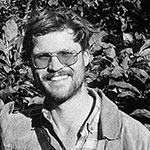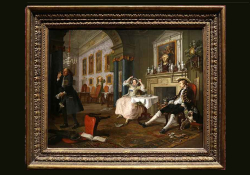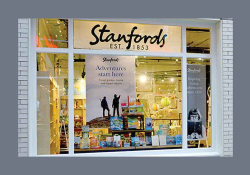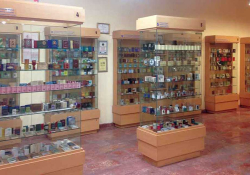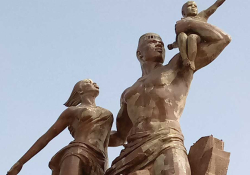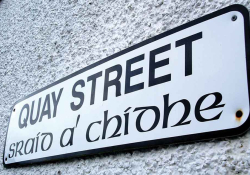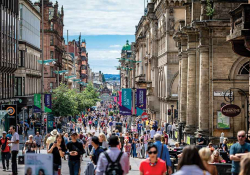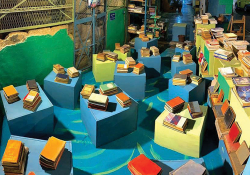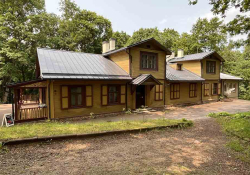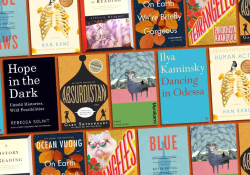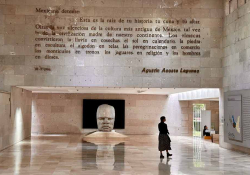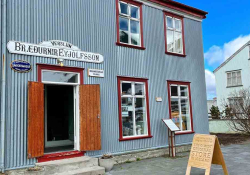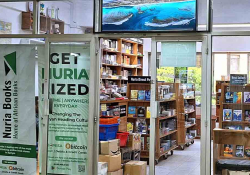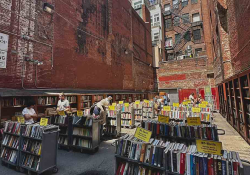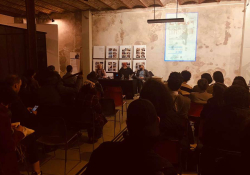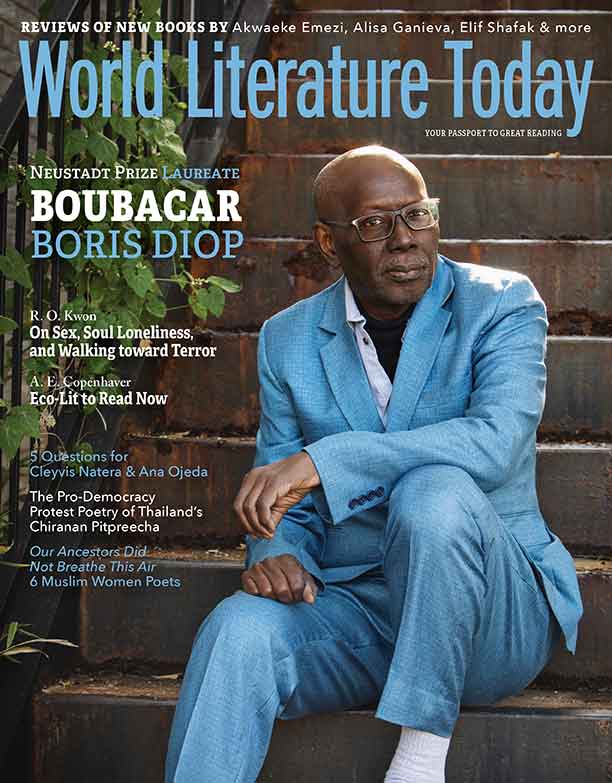Toasting Friendships, Laying Down Memories in Wexford, Ireland
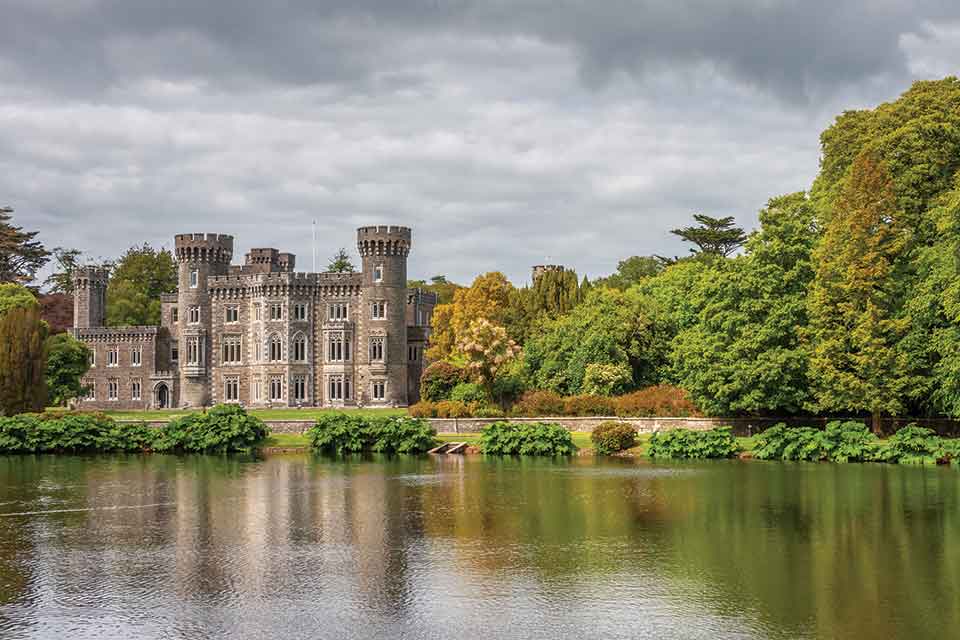
IN 1972 the Irish poet Seamus Heaney drew a line under Northern Ireland, moved south to the Republic, and settled in a cottage in County Wicklow. From his experiences in those first years living on the southeast coast came his book Field Work, an elegiac rumination on loss, friendship, reunion, and country life. During an extended stay with friends in the south-coast Irish town of Wexford, the first poem of that collection, “Oysters,” continuously rapped on the doorway of my mind: “And there we were, toasting friendship, / Laying down a perfect memory / In the cool of thatch and crockery.” Inclined though I was to stay home, sharing in the local seafood, my friends pushed me outside and onto a bicycle.
And so, to North Slob to swim with harbor seals on the strand at Curracloe; to Forth Mountain, our fingers magenta-hued and probing the brambles for just one last blackberry; to a hurling match, the game a maker of champions and heartbreak; to restaurants and opera halls, pubs and castles and fields; always on my lips the sparkling tang of fun and freedom and laughter.
The landscape of County Wexford is rolling and bookish. The coast is a recurring setting/nonsetting for the art-writing of John Banville, including his Man Booker–winning The Sea. Colm Tóibín, from nearby Enniscorthy, set his The Heather Blazing and The Blackwater Lightship in the inland countryside. Less prestigious but more notable, the original Guinness Book of Records was conceived here, after an argument about the speeds of different game birds couldn’t be settled.
Banville, speaking of his childhood in Wexford, considered the town “no more than a staging post on my way elsewhere.” Like Chekhov’s Irina in Three Sisters, he was “immured in the provinces and yearning for the magic of Moscow.” Undoubtedly, the provincial is cast in stone here, and cosmopolitan Dublin feels worlds away. Tractors growl through the streets. Pastures grazed by bony Holsteins retain their toehold on the edge of town. Narrow sidewalks and private roads are a problem. And roadside litter implies some delinquent reaction against Wexford’s nickname, “the Model County.” But there is information in everything, and litter at least tells a little about what people do while out for a stroll. Wexicans seemed to take their air while putting in eye drops, eating pint pots of yogurt, and drinking cans of Dutch Gold lager.
In the large, glass-walled library, I found books stuck with beer coasters and unsent letters. More often, when I needed a book, I strolled down to Reader’s Paradise or Red Books, where the shelves heaved and the air was tinged with the old-paper scent of vanilla and hay past its due date. Red’s proprietor, Wally, had a recommendation for any mood and a good memory for his quarter million books; I came away with Kundera, Sartre, Munro, Rushdie, and Anaïs Nin.
Each morning, I woke up glowing. I knew I could count on the certitude of my morning coffee, on the rising pink sky, the warmth around me . . . and all the other necessities of deep leisure; I was immured in a “glut of privilege” and longed for nowhere else. Through it all, “Oysters” whispered in my ear.
What to Read along the River Slaney
John Banville
The Sea
Picador
Álanna Hammel
Cruel & Vicious
Red Books Press
Nicolas Furlong
Young Farmer Seeks Wife
Mercier Press
Billy Roche
The Wexford Trilogy
Nick Hern Books
Wexford Women Writing Undercover
Ed. Deirdre McGarry-Barker
Red Books Press
